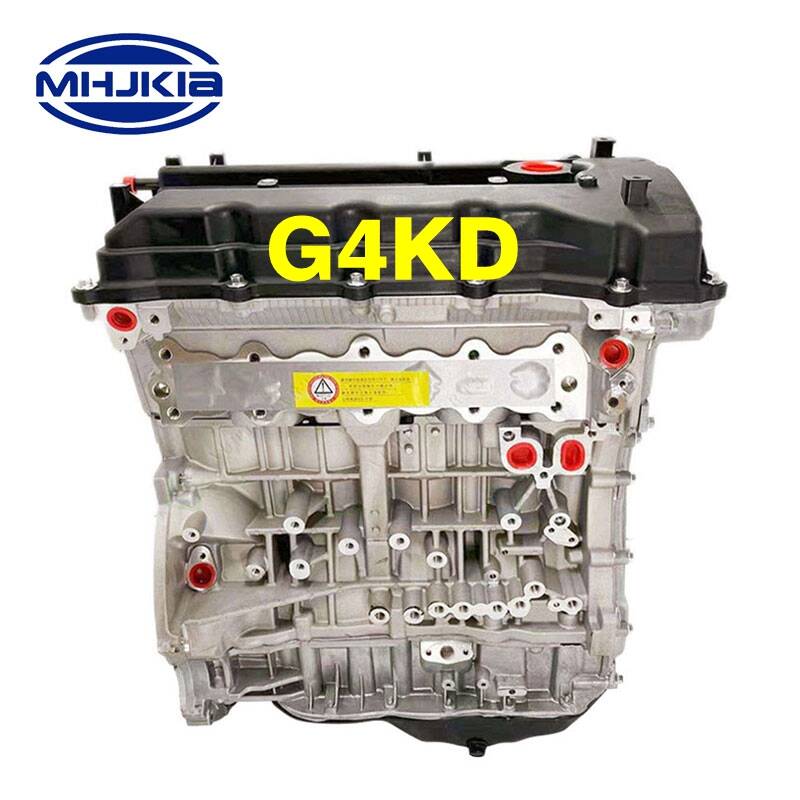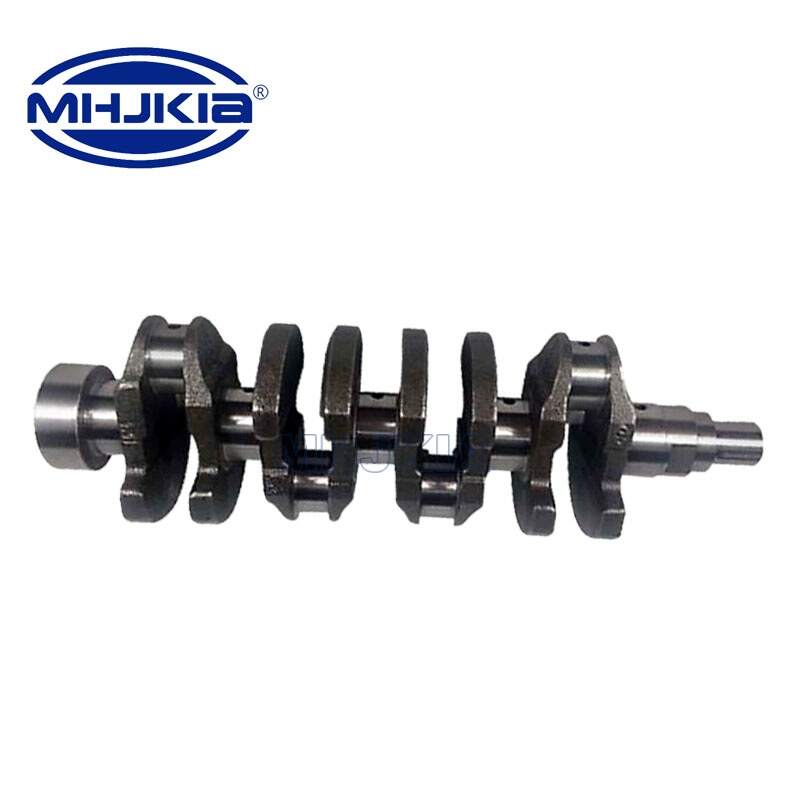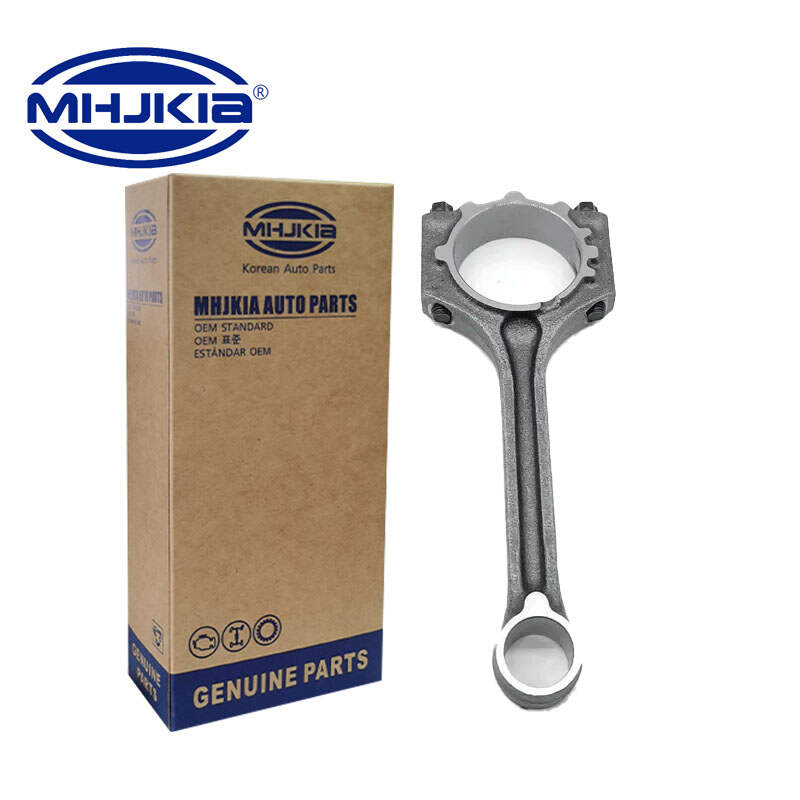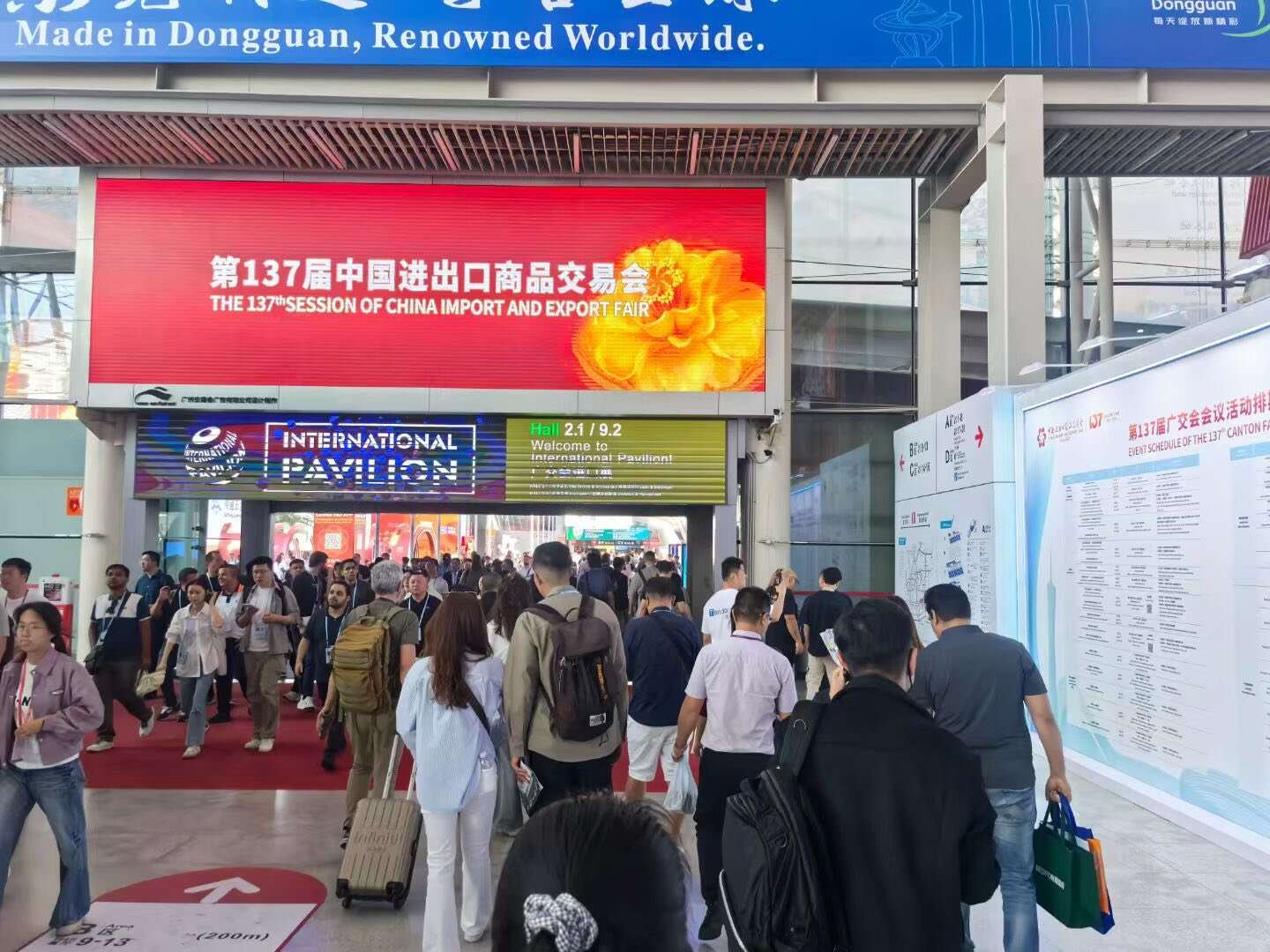Email cannot be empty
Password cannot be empty
Email format error
Email cannot be empty
Email already exists
6-20 characters(letters plus numbers only)
The password is inconsistent
Email format error
Email cannot be empty
Email does not exist
6-20 characters(letters plus numbers only)
The password is inconsistent

News
Company news and exhibition information

What Are the Key Components of Engine Assembly for Hyundai Kia, and How Do They Work Together?
I. Introduction
Hyundai Kia has recently established itself as a formidable player in the global automotive industry, known for its commitment to quality, innovation, and value. With a reputation for producing reliable and efficient vehicles, the brand continues to gain traction among consumers and industry experts alike. For automotive enthusiasts and professionals alike, understanding the intricate details of engine assembly components is vital. An in-depth knowledge of these elements not only enhances appreciation for the engineering prowess involved, but also empowers individuals to maintain and troubleshoot their vehicles effectively.
II. Key Engine Components
A. Engine Block
The engine block serves as the foundation of an engine, housing critical components such as the cylinders, pistons, and crankshaft. Its primary function is to provide structural support and maintain the alignment of these components under high pressure and temperature conditions. Made typically from cast iron or aluminum, the engine block’s design influences overall engine weight, heat dissipation, and durability.
B. Crankshaft and Camshaft

The crankshaft and camshaft play pivotal roles in an engine's operation, with the crankshaft converting linear motion from the pistons into rotational motion to ultimately turn the wheels. The camshaft, on the other hand, controls the timing of valve openings and closings through a series of lobes. This synchronization is essential, as it ensures optimal airflow into and out of the engine, boosting efficiency and power output.
C. Pistons and Connecting Rods

Pistons convert the explosive energy generated from the combustion process into mechanical energy. They move up and down within the cylinders and are connected to the crankshaft via connecting rods. This assembly facilitates the reciprocating motion necessary for the engine's operation, allowing for consistent combustion cycles and power delivery.
D. Cylinder Head and Valvetrain
The cylinder head houses critical components like the intake and exhaust valves, spark plugs (in gasoline engines), and fuel injectors. The valvetrain, which includes the camshaft as well as pushrods and rocker arms, regulates airflow into the cylinders and exhaust gases out of them. Proper airflow management and timing are crucial for maximizing engine performance and efficiency.
III. The Assembly Process
The assembly of an engine involves meticulous integration of each component, starting from the engine block to the final stages of installing the cylinder head and valvetrain. Precision is critical, as proper alignment during assembly impacts the engine's performance. Each part must be secured with specific torque settings, and synchronization of timing between the camshaft and crankshaft is paramount to avoid operational failures.
IV. The Interconnectedness of Components
A. How Each Part Influences Engine Performance
Each component within the engine plays a critical role and directly influences overall performance. For instance, minor discrepancies in the crankshaft alignment can lead to inefficiencies, increased wear, or even catastrophic failures. A well-balanced engine ensures peak performance, longevity, and fuel efficiency.
B. Case Studies of Successful Engine Designs in Hyundai Kia Vehicles
Hyundai Kia's commitment to engineering excellence is exemplified in models like the Hyundai Genesis and Kia Stinger. Both feature advanced turbocharged engines that showcase the importance of precise component integration and design. These vehicles demonstrate superior power delivery and efficiency through optimized cooling systems and valvetrain configurations.
C. Potential Issues Arising from Component Misalignment
Misalignment of components can lead to serious engine problems, including premature wear, loss of power, and increased fuel consumption. Understanding the importance of precision during assembly helps mitigate these risks, ensuring that each engine operates within designed specifications for maximum efficiency and reliability.
V. Conclusion
In summary, understanding engine assembly components is not just a technical necessity for automotive professionals; it also fosters a deeper appreciation for the engineering that powers Hyundai Kia vehicles. As the automotive industry continues to evolve, future trends may include the integration of advanced technologies such as electric powertrains and more efficient internal combustion engine designs. Embracing these changes while appreciating traditional engineering principles will be essential for both enthusiasts and professionals in the years to come.

